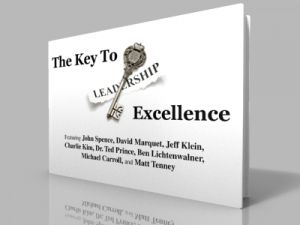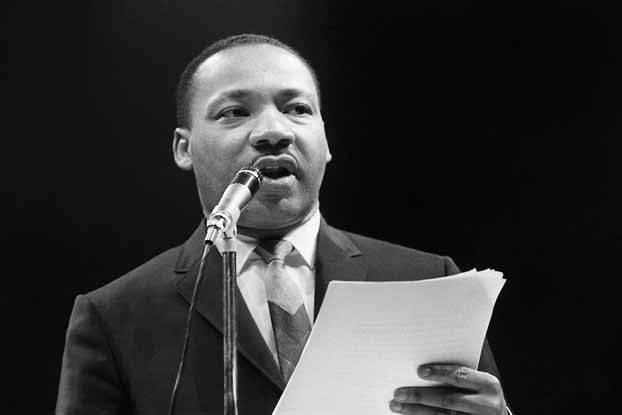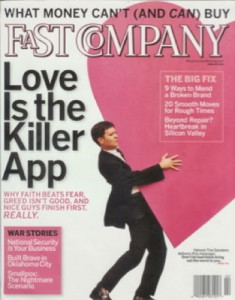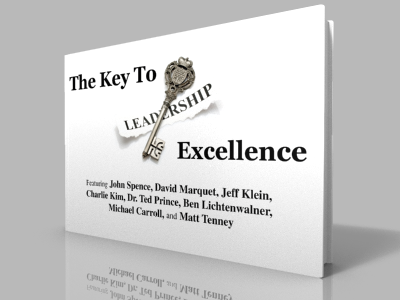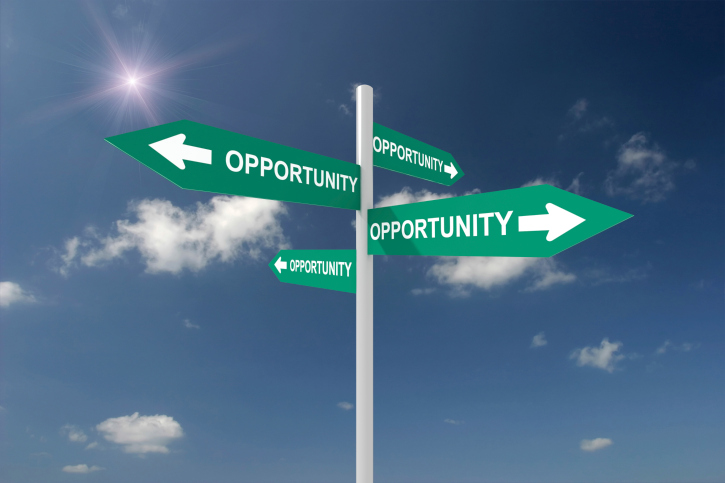Why Mind Wandering Leads to Unhappiness and Poor Performance
3 Ideas for Being More Charismatic
Being Our Ideal Me
- Mentally note the emotion/thought and stop interacting with the perceived cause of the reaction except to ask for a moment or excuse yourself.
- Take 1-3 consciously controlled breaths. This stops the emotive response in the body.
- Investigate the emotion with awareness. What is anger like in the body?
- Take a moment to think of how you would like to respond to the situation or person in a way that is in accordance with your ideal me.
This is one of the most powerful practices I know of. Please let me know if you use it and how it works for you.
Fantastic Book! Love Is The Killer App – By Tim Sanders
We’re Always Getting What We Need
The Heart of Leadership – An Interview With Mark Miller, Bestselling Author and Chick-fil-A Executive
What makes leaders different?
As a bestselling author and Executive Vice President of Organizational Effectiveness at Chik-fil-A, Mark Miller learned over the years that only 10% of leadership relates to skills. He realized that 90% of leadership is a function of the leader’s character, and there are five key elements of character that make leaders different.
In this interview, Mark identifies what sets leaders apart from the crowd by discussing some of the key concepts in his new book, The Heart Of Leadership: Becoming a Leader People Want to Follow.
Want to connect with Mark?
1) Get a FREE sample chapter of his new book
2) Visit his blog, Great Leaders Serve
The Infinite Value of Human Connection
The Magic of Giving
This simple little ad from Thailand made me cry. But they were good tears; tears of inspiration.
The ad reminds us of how magical giving can be on three different levels.
We Benefit in the Worldly Sense
The first and most obvious benefit of giving is that people we’ve given to are likely to give back when we are in need, as the doctor does in the ad.
I talk a lot about giving when I interact with people before or after I give a speech. I’ve heard numerous similar stories of people who gave without any expectation of getting anything in return, and were later the recipients of generosity when they were in need.
One example was of a man who mowed his neighbors lawns every time he mowed his lawn for years. When the man fell ill and went to the hospital, he worried that his lawn and his neighbors lawns would go un-mowed.
But his daughter informed him that one of the neighbors immediately took up the tradition of mowing the lawns when he heard what happened. No one had to ask the neighbor to do it.
We Receive the Benefit of Happiness
Even better than worldly benefit, giving makes us happy. Research has shown that altruistic acts create happiness that has a deeper impact and lasts significantly longer than when we do things only for ourselves.
Also, people who witness an altruistic act receive the same amount of happiness that we receive from actually performing the act, which you probably noticed while you watched the video.
The Impact Could Be Tremendous
We never now how far one act of giving will go to impact our world. In the video, one simple act of giving kept a boy from getting in trouble with the law.
Had he been arrested, he might have never become a doctor. By preventing this with a simple act of generosity, imagine how many lives could be positively impacted by the actions of the generous man.
What can you do today to be more generous to those around you? What could the impact be?
How To See Opportunities Everywhere
For the last couple years, despite the struggling economy we’ve all slogged through, I’ve noticed something quite interesting. I’ve been gradually seeing more and more opportunities.








